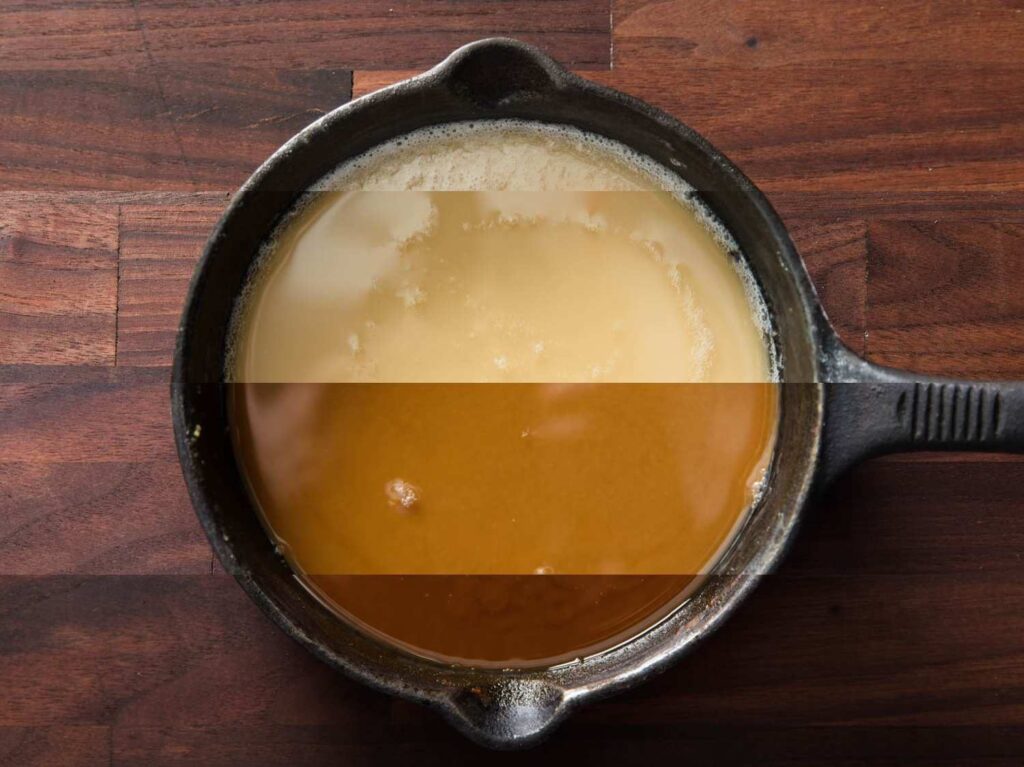Laissez les bon temps rouler, y’all! It’s Kassim here, and I’m fixin’ to talk about something dear to my heart and belly – Cajun cooking. Now, if you’re like me, born and raised in the bayous of Louisiana, you know that Cajun cooking ain’t just food; it’s a celebration of life, a blend of culture and flavor that makes our cuisine stand out in the world. And at the heart of this culinary adventure are two essentials: the roux and the Holy Trinity of onion, bell pepper, and celery.
The Art of Making Roux

First off, let’s talk roux. In Cajun cooking, roux ain’t just a mixture; it’s the foundation of many dishes. It starts simple – oil or fat and flour – but what it turns into is nothing short of magic. The key is patience and constant stirring. You want that roux to reach a deep brown color, like the color of a good, worn leather boot. This ain’t something you rush. A proper roux is a labor of love, a testament to the dedication of a true Cajun cook.
Roux does more than just thicken stews and gumbos. It imparts a rich, nutty flavor that is unmistakable. It’s the difference between a good gumbo and a great one. It’s like the bass in a zydeco band – you might not always see it, but you sure as heck can feel it in the depth of your soul when it’s there.
The Holy Trinity: More Than Just Veggies
Now, onto the Holy Trinity – onion, bell pepper, and celery. In the culinary world, many cultures have their version of this aromatic blend. The French have mirepoix, the Spanish have sofrito, but down here in Louisiana, the Holy Trinity is the heart and soul of our dishes. It’s not just about throwing in some veggies for flavor. It’s about understanding how the sweetness of the onion, the slight bitterness of the celery, and the freshness of the bell pepper can dance together in a pot, creating a harmony of flavors.
When these three ingredients hit the hot oil, something magical happens. The kitchen fills with an aroma that lets you know something good is cookin’. This blend is the starting point for almost every Cajun dish you can think of – from étouffée to jambalaya, from gumbo to red beans and rice. It sets the stage for a culinary experience that’s as rich in flavor as Louisiana is in culture.
The Essence of Cajun Cooking
But here’s the thing, cher – making a roux and sautéing the Holy Trinity isn’t just about following a recipe. It’s about embracing the spirit of Cajun cooking. It’s about understanding that each stir of the roux, each chop of the veggies, is a part of a story, a tradition passed down through generations. This is what makes our food soulful and rich, not just in taste but in heritage.
In Cajun country, cooking is more than feeding the body; it’s about feeding the soul, bringing families together, and celebrating life. When you take the time to make a roux, to respect the Holy Trinity, you’re not just cooking; you’re keeping a legacy alive, a legacy of flavor, festivity, and family.
So, next time you’re in your kitchen, remember this – take your time with your roux, treat the Holy Trinity with respect, and cook with love. That’s the true essence of Cajun cooking, and that’s what makes our cuisine a treasure not just in Louisiana, but anywhere good food and good times are appreciated.
Bon appétit, mes amis!
For more LouisianaAF, check out my post about Boudreau & Thibodeau’s Cajun Cookin
For Louisiana food and travel, check out Explore Louisiana.

Leave a Reply